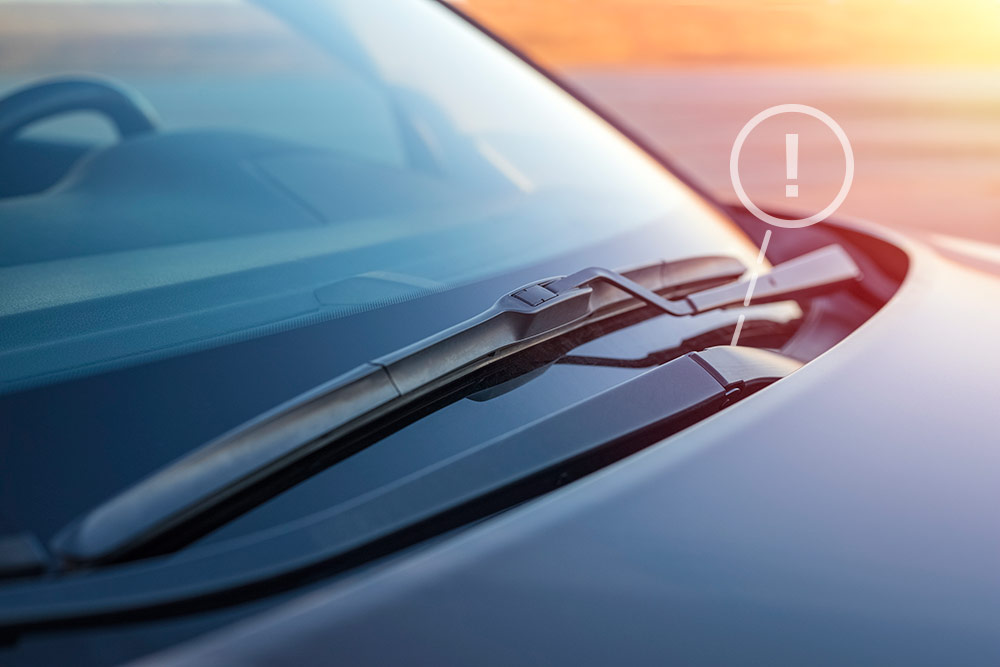Learning Centre
In all stages of owning a vehicle, there are questions. Find the answers here.
Feature
VIN Fraud in Canada: What It Is and How to Avoid It
VIN fraud is a growing issue in Canada. Learn how it works, how to spot signs of fraud in a Vehicle History Report, and how CARFAX Canada can help protect you.

